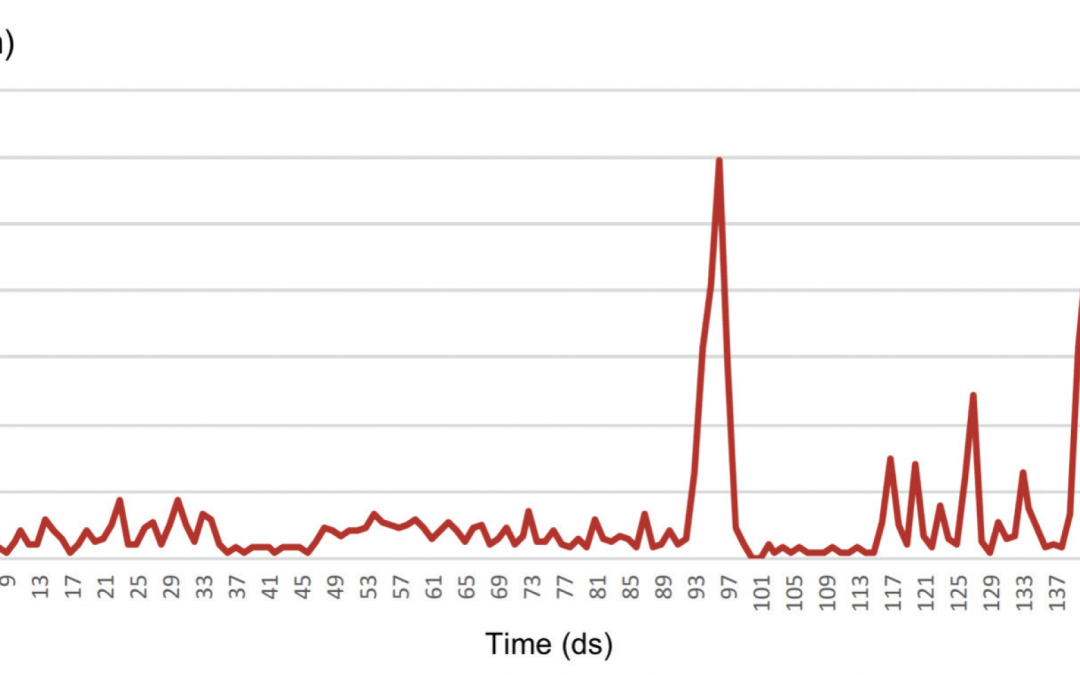Objectives
This in vivo study evaluated the operative torque and preparation time of ProTaper NEXT (Dentsply Maillefer; Ballaigues, Switzerland) and EdgeFile X7 (EdgeEn-do; Albuquerque, New Mexico, United States) rotary systems during root canal prepa-ration of maxillary premolars.
Materials and Methods
Ten double-rooted maxillary premolars with independent canals were selected. Each canal in each tooth was prepared with one of the rotary systems (n = 10), ProTaper NEXT or EdgeFile X7. The instruments were rotated at 300 rpm with maximum torque set at 2 N.cm using an electric motor (KaVo; Biberach, Germany) that automatically recorded torque values at every 1/10th of a second (ds).
Statistical Analysis
Operative torque (N.cm) and preparation time (s) of the first shaping instrument (size 17/.04) of both rotary systems were recorded and statistical-ly compared using the Mann– Whiney U test with a significance level set at 5%.
Results
No instrument exhibited flute deformation or underwent intracanal fail-ure. No differences were found between the instruments regarding the maximum (peak) torque values (p > 0.05). EdgeFile X7 17/.04 required significantly less prepa-ration time (3.75 seconds interquartile range [IQR]: 3.2–9.0) than ProTaper NEXT X1 (15.45 seconds IQR: 8.35–21.1) (p < 0.05). The median operative torque values of Pro-Taper NEXT X1 (0.26 N.cm; IQR: 0.18–0.49) were significantly higher compared with EdgeFile X7 17/.04 (0.09 N.cm; IQR: 0.05–0.17) (p < 0.05).
Conclusions
Although no difference was found between the median peak torque values of ProTaper NEXT X1 and EdgeFile X7 17/.04 instruments, the operative torque and instrumentation time results were impacted by their different designs and alloys during clinical preparation of root canals.
Click Here for Full Article: In Vivo Evaluation of Operative Torque Generated by Two Nickel-Titanium Rotary Instruments during Root Canal Preparation


